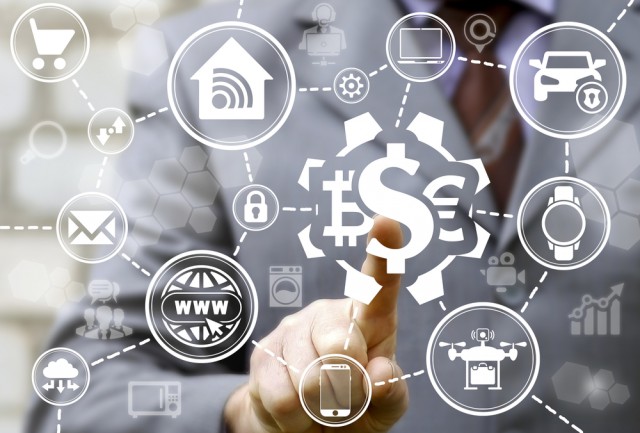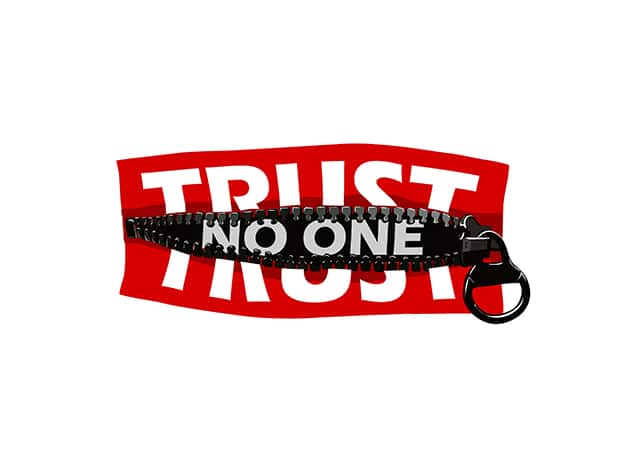
Enterprises vulnerable to identity-related incidents due to lack of mature strategies
Only 16 percent of respondents to a new survey have a fully mature identity and access management (IAM) strategy in place, yet 56 percent have experienced identity-related incidents in the last three years.
The study carried out by the Ponemon Institute for enterprise identity specialist Saviynt shows that the 84 percent without a mature strategy are currently dealing with inadequate budgets, programs stuck in a planning phase, and a lack of senior-level awareness.

Email threats still managing to evade defenses
New research released today from Cyren shows that business email perimeter defenses are often incapable of preventing well-crafted email attacks.
During an average month, there are 75 malicious messages per 100 mailboxes that slip past email security filters like Microsoft 365 Defender. This means that an enterprise with 5,000 mailboxes would need to detect and respond to 3,750 confirmed malicious inbox threats each month.

Meeting the challenges of multicloud [Q&A]
Businesses have been using the cloud for many years, but only in more recent times have we seen the rise of multicloud as companies seek to spread their public cloud workload.
Why has multicloud become such a popular strategy and what challenges does it present? We talked to Pavel Despot, senior product manager at Akamai, to find out.

Demand for automation surges across all areas of business
Demand for automation from business teams has increased over the last two years according to 91 percent of respondents to a new survey.
The study from MuleSoft shows the highest demand for automation comes from research and development (39 percent), administrative/operations (38 percent), customer service (33 percent), and marketing (26 percent).

CIO roles expand during the pandemic
Over half of CIOs say their job role has expanded or changed over the last two years, according to a new survey from Navisite of over 200 CIOs across a range of industries.
These changes include adding new titles such as president, COO, CTO, etc. (37 percent), reporting directly to the CEO (21 percent), and gaining a seat on a company board or participating on board calls (18 percent).

Digital transformation, security and cloud drive enterprise IT spending
Enterprise IT spending is continuing to increase, with 64 percent of respondents to a new study expecting to increase IT budgets in the next 12 months. This is up from 49 percent in January of 2021, though down from 71 percent before sanctions against Russia began in February.
The latest Flexera 2022 Tech Spend Pulse report -- based on a survey of 501 IT executives working in large enterprises with 2,000 or more employees, headquartered in North America and Europe -- shows organizations with 2,001 to 5,000 employees spend 10 percent of revenue on IT. For the largest companies (more than 10,000 employees), this drops to six percent.

Enterprises keen to ensure digital resilience
Achieving digital resilience is a prominent concern for enterprise organizations, as they face increasingly sophisticated cyberthreats and adjust to a hybrid working environment.
A new report from A10 Networks, based on a survey of almost 2,500 network infrastructure, security, and cloud migration decision makers in larger businesses worldwide, shows nine out of 10 respondents have some level of concern around digital resilience.

Why automation is the future of incident response [Q&A]
A security breach can lead to serious reputational and legal issues for enterprises. The speed and effectiveness with which they are able to respond to incidents is therefore crucial.
Larry Gagnon, senior vice president, global incident response at eSentire, believes that the way to address this is by greater automation incident response. We talked to him to find out more.

Zero Trust: A business imperative to enable the secure, hybrid-working enterprise
Without a doubt, cybersecurity will continue to be a topic riding high on the C-Suite agenda throughout 2022. With intensifying trade disputes, an escalating threat landscape, a highly distributed workforce, supply chains stretched to breaking point by the pandemic, and extra pressure exerted by the ongoing effects of Brexit in the UK and other geo-political issues, having a secure, productive, agile and cost-effective security framework in place will be paramount.
It’s evident that today’s enterprises conduct business and use digital technologies in ways that are evolving constantly. This digital transformation is making traditional perimeter-based cybersecurity IT infrastructure redundant. The days when every user and every device operating from within an organization’s premises or firewall could be automatically trusted, are over for good.

Cloud data breaches rise as adoption and complexity increase
According to a new report, 45 percent of businesses have experienced a cloud-based data breach or failed audit in the past 12 months, up five percent from the previous year.
The latest Cloud Security Report from Thales also shows multi-cloud adoption is accelerating with 72 percent of organizations using multiple IaaS providers compared to 57 percent in 2021.

Microsoft releases public preview of Windows Autopatch
It is only a couple of months since Microsoft first talked about Windows Autopatch, a new service for users of Windows 10 and Windows 11 designed to ensure that software is kept up to date. The company has now released a public preview of the free service.
As well as keeping Windows 10 and Windows 11 updated, Windows Autopatch will also take care of updating firmware, drivers and Microsoft 365 apps. Microsoft says that the launch date for the service is July, so the release of a public preview gives interested users a chance to try it out a few weeks early.

Automating networks for whatever comes next [Q&A]
Digital transformation and modernization of IT is sweeping across many organizations at the moment. But one aspect that's sometimes neglected is their impact on networks.
How can enterprises scale their networks to cope with change and what part can automation play in the mix? We spoke to Ernest Lefner, chief product officer at Gluware, and co-founder and former co-chairman of ONUG (Open Network User Group), to find out.

Enterprises overspend by millions on cloud services
New research reveals enterprises are over-spending on cloud services by up to $8.5 million, as IT leaders grow frustrated with poor management tools, vendor-lock in and issues with accessing data.
A study from Couchbase of IT decision makers at enterprises with more than 1,000 staff finds a typical annual spend on cloud services to now stand at $33 million. However, functions that are not currently meeting businesses expectations account for over 35 percent of the total cost.

The secret sauce to finding files, emails and other enterprise data
Finding the right file, email and other internal data without enterprise search is like grilling without barbecue sauce. It is theoretically possible, but who would even want to try?
While Internet search engines like Google specialize in directing you to the right website, enterprise search products do a deep dive into an organization’s own data. The secret sauce to enterprise search is indexing. Indexing "pre-processes" Microsoft Office files, PDFs, emails plus attachments, compressed archives and other web-ready data.

APIs and cloud apps are greatest threats to enterprise security readiness
A survey of over 400 CISOs finds they are are grappling with a wide range of risks and challenges, especially linked to accelerating utilization of technologies like cloud-based applications and the use of Application Programming Interfaces (APIs).
The study from CISOs Connect, an invitation-only community of cyber experts and part of Security Current, finds the IT components rated as most needing improvement are: APIs (42 percent), cloud applications (SaaS) (41 percent), and cloud infrastructure (IaaS) (38 percent).
